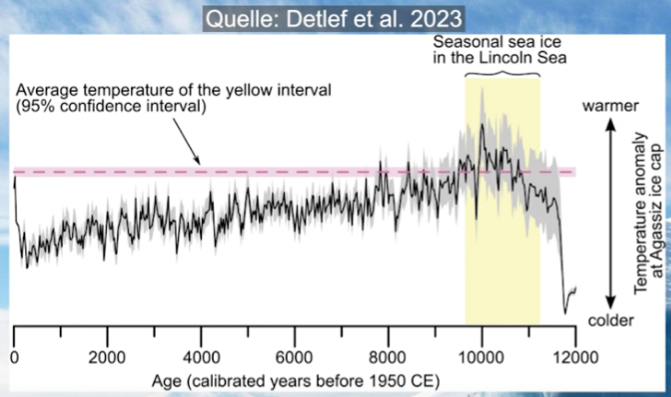Mean Cosmic Radiation Over Past 8 Years Highest Since 1958 …Current Solar Cycle Weakest In Almost Two Centuries!
The Sun in April By Frank Bosse and Prof. Fritz Vahrenholt [Translated, edited by P Gosselin] The sole real source of energy for our planet also was also below normal in April: The sunspot number (SSN) was 54.4. Taking the average of the previous 23 cycles, that is only 70% of what is average for this month into the cycle. Compared to March activity rose some 46%. These short-term changes however are usual noise in the overall signal, which says the entire activity since the current cycle began has been only 53% of the mean value since 1750. Figure 1: Current solar cycle 24 (red), the mean solar cycle (blue) and the similar solar cycle no. 7, which took place from 1823 to 1833 and was the last in the Dalton Minimum. The comparison with solar cycle no. 7 could see increasingly large deviations in the months ahead, as solar activity increased markedly, as depicted by sharp peaks of the black line in Figure 1. Such a development appears highly improbable for solar cycle no. 24. What follows is a comparison of all cycles: Figure 2: The accumulated solar cycle sunspot anomaly for all cycles 77 months into the cycle. The current cycle began in December 2008. Figure 3: The speed of the solar wind, which impacts the Earth’s upper atmospheric layers, has fallen off since the early 1990s. It is expressed as the geomagnetic Ap Index. It is a measure of the sun’s impact on the Earth’s magnetic field. Source of the image: Climate4you. Not only the Earth is impacted by the solar winds, but also the entire sun’s surroundings far out in space. The heliosphere reacts to the stream of particles from the sun. When it is weaker – as is the case during times of solar minima – more cosmic radiation from the Milky Way can penetrate into the Earth’s atmosphere. This is measured here on Earth, e.g. in Moscow since 1958: Figure 4: Changes in cosmic radiation During the solar sunspot number maxima (compared to 2000) the solar wind is stronger and thus reduces cosmic radiation by up to 20% when compared to the minima in activity. The current cycle (maximum is already over) is bringing only about an 8% reduction. Over the entire period since 2006 there has been significantly more cosmic radiation than any such period since 1958. Another factor involved with solar activity is UV radiation. It strongly depends on the sunspot number because the ultraviolet radiation is produced in the areas near sunspots. Unlike the other visible ranges of the spectrum, sunspots in UV images appear brighter than the surrounding areas. Although UV radiation mainly has an impact in the stratosphere, there are top-down effects that lead to impacts to the troposphere. The signals for solar activity all continue to point to “very low“. We can all wait with suspense to see what impacts the low solar activity will have. Original German version here.
— gReader Pro




